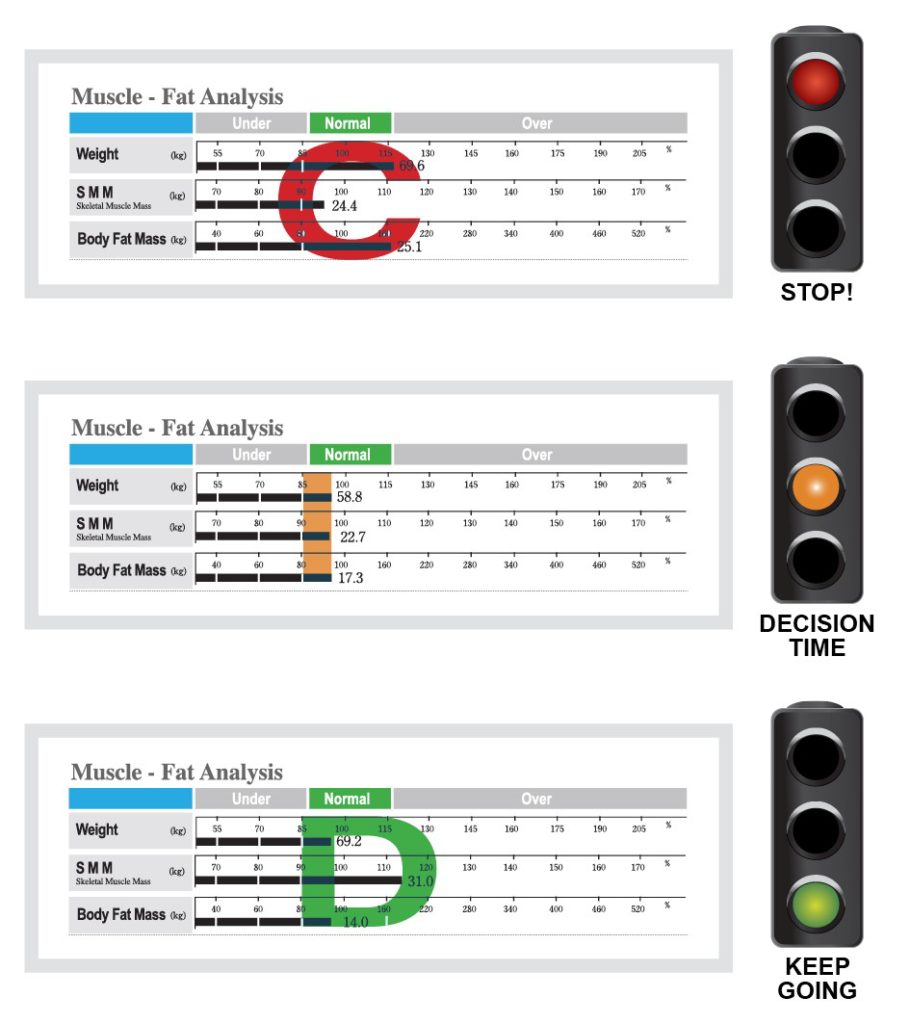Why Your Body May Need a Week of Light Training
Feeling tired? Drained? Not getting results from your training?
Are your muscles tight and body feeling heavy?
Are you lacking motivation for your training sessions and finding it hard to complete your workouts?
Are your number’s not improving?
You may need to incorporate a deload so you can come back STRONGER!
What is a De-load?
A deload week is a week of LOWER intensity training to let the body recover and ‘catch up’ with the stressful demands of regular heavy training routines.
Think of it as a “period of reduced training stress which continues until after the dissipation of fatigue symptoms”
Training puts large amounts of STRESS on the body. Our muscles give us the best feedback during a training session so they may be the one thing we concentrate on. We feel a good ‘pump’, burn, stretch or muscular fatigue. We use this to gage our performance during our sessions, however, these tissues are not the only tissues that receives the STRESS of training. Stress is also received by the nervous system, ligaments, tendons, joints, bones etc.
We have a good connection to our muscles and can tell when they are fatigued, tights or sore. However, it is very difficult to assess the current state of your tendons, joints, ligaments and the nervous system. These components may need recovery as well as your muscles. Stress can build up in the body and start displaying ‘signals’ (I list these below).
The purpose of the deload week is to allow the system to play ‘catchups’ and recover to full capacity, then the athlete can come back and perform at 100%.
Why do a deload week?
Your joints may need to recover – joint damage / repair is slow. Joints take longer to recover and often do not show signs of damage until they are in bad shake
Your tendons may need to recover – tendons are also slow to recover and do not show signs of damage until they are breaking down (this is known as the iceberg theory in physiotherapy – where the damage is more significant (bottom of the iceberg) than the pain that being felt (top of the iceberg))
Your nervous system may need to recover – symptoms listed below
You have not been getting stronger or improving on performance indicators
To get a new fresh sense of motivation for intense training
When should you do a de-load week?
Many coaches believe you should incorporate a regular de-load every 3-5 weeks of heavy training (to be safe). Some suggest that it may be a better idea to incorporate deloads when your body is giving you the signals that it may require a deload. This is termed a “reactive deload” and you are not setting it in advance, but rather, you implement it after noticing signals of fatigue or reduced performance.
What are the signals that I need to deload?
Your body will give you little hints that it may be in need of a deload. These signals can be subtle at first, but can become more obvious as they increase in intensity.
“listen to your body when it whispers, and you will not need to listen to it scream”
These signals may come in the form of:
Performance indicators decreasing (strength, reps, form, etc)
Aches and pains in new locations or previous injuries
Tightness in muscles that doesn’t seem to be easing up easily
Feeling heavy and unmotivated to complete your workouts
A feeling of fatigue or lack of energy during the day
Finding it hard to hold yourself up straight and keep good posture
Feeling like you need more rest than usual or naps
Lack of motivation or drive
These signals can obviously be caused by OTHER reasons such as; lack of sleep, stress levels, poor quality nutritional intake, compromised immune system (slightly sick), digestive issues etc. However, for the sake of simplicity lets assume that all of these factors are accounted for and are remaining constant.
Side note: my take on impacting factors
I think there needs to be a clear reminder that some inexperienced people may perceive that they need a de-load but it could be due to other reasons:
Their technique may absolutely suck!
They may be performing provocative exercises
They do not know how to stretch / foam roll / recovery adequately
Their injury management is poor
They may have terrible mobility, tight hips or shoulders, making exercises they perform unsafe for them
They may be “smashing” themselves in the gym and using these deload periods to bounce back to poorer quality training
They may have tight muscles or knots which are mutilating their posture and overall energy levels
They may not be able to understand how the complexity of life events, stress and nutrition affect the body
Injury management, proper technique, mobility work and appropriate programming should not be confused with deloading
Without proper coaching, I would not trust a beginner or even intermediate athlete to know when to deload appropriately. Some may use a “deload” as an excuse to train less, instead of using it as a tool to come back stronger!
What benefits will I notice after deloading?
There are many reasons to deload, but the primary reason is NOT to take a break of training, rather it is to come back refreshed and STRONGER. When you take this week to let your body CATCH UP with your training demand, you may find your strength and vigour actually increases.
Joints, muscles and tendons have a chance to recover which is incredibly important for preventing injuries and long term training success (since most injuries are not muscular, but rather, tendon, ligament or joint related).
You may also find you can perform exercises with ease, to greater ranges of motion, due to central nervous system recovery and increases in mobility from loosening up tight muscles.
How should I modify my training for a deload?
Okay, so you have decided you may want to perform a de-load week. The procedure is relatively simple (in regard to training) but I like to add in additional recovery methods to boost the healing power of the system. You can read my blog on recovery methods here.
General Protocol: (it can vary depending on the circumstances)
Amount of total training sessions: Same
Total volume: Decrease by 25% – 4 sets becomes 3 sets
Weight lifted: Decrease by 20% – 100kg becomes 80kg
Reps performed: Decrease by 20% – 10 reps becomes 8 reps
General Rule: Don’t go beyond 4 reps from fatigue – this helps the nervous system
Overall Feeling: At the start of the week it will feel oddly easy and refreshing, at the end of the week you will be CRAVING the intensity of your previous training sessions
If you want to keep it simple – reduce everything by 20-30% and make time for addition recovery methods (basics list below)





